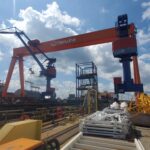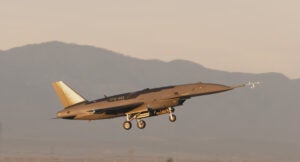
The second highest official in the Defense Department Monday said she has not yet seen significant inflation effects in the military budget, but the department is watching out for signs going forward like schedule slips and supplier price increases. “We are not seeing today, a substantial amount of inflation effects. We are seeing some, certainly in fuel we see it, but in some of these other areas. But given COVID, that inflation, and the supply chain issues…we do anticipate we…

 By
By 











